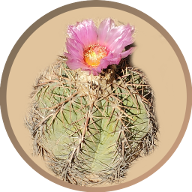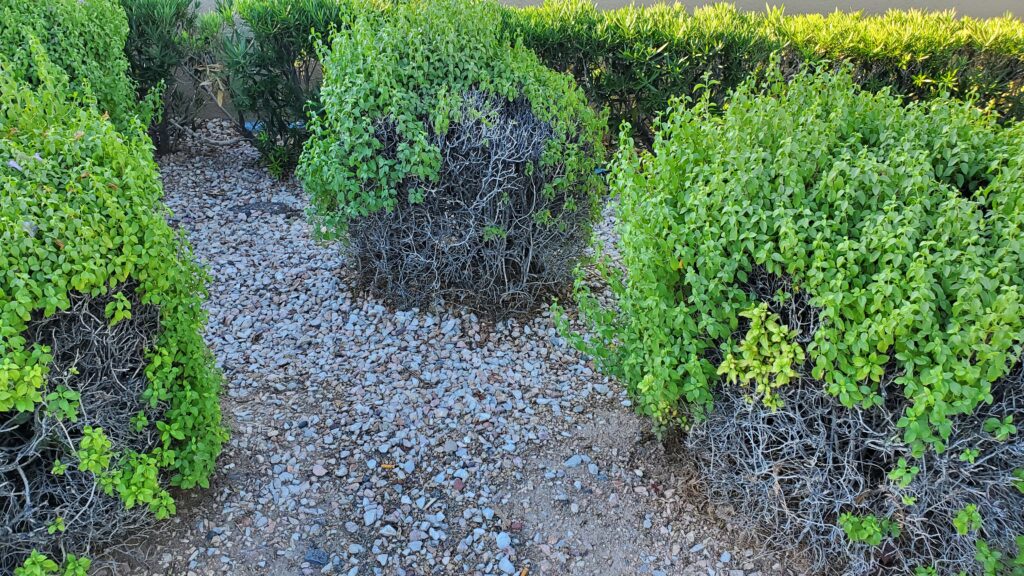
Although it is nice to see green space around town, the typical pruning practices in the Greater Phoenix area are disasterous. There are several common practices that I want to review: formally shearing shrubs, overpruning, cutting back to the ground, and trimming all species.
Formally Shearing Shrubs
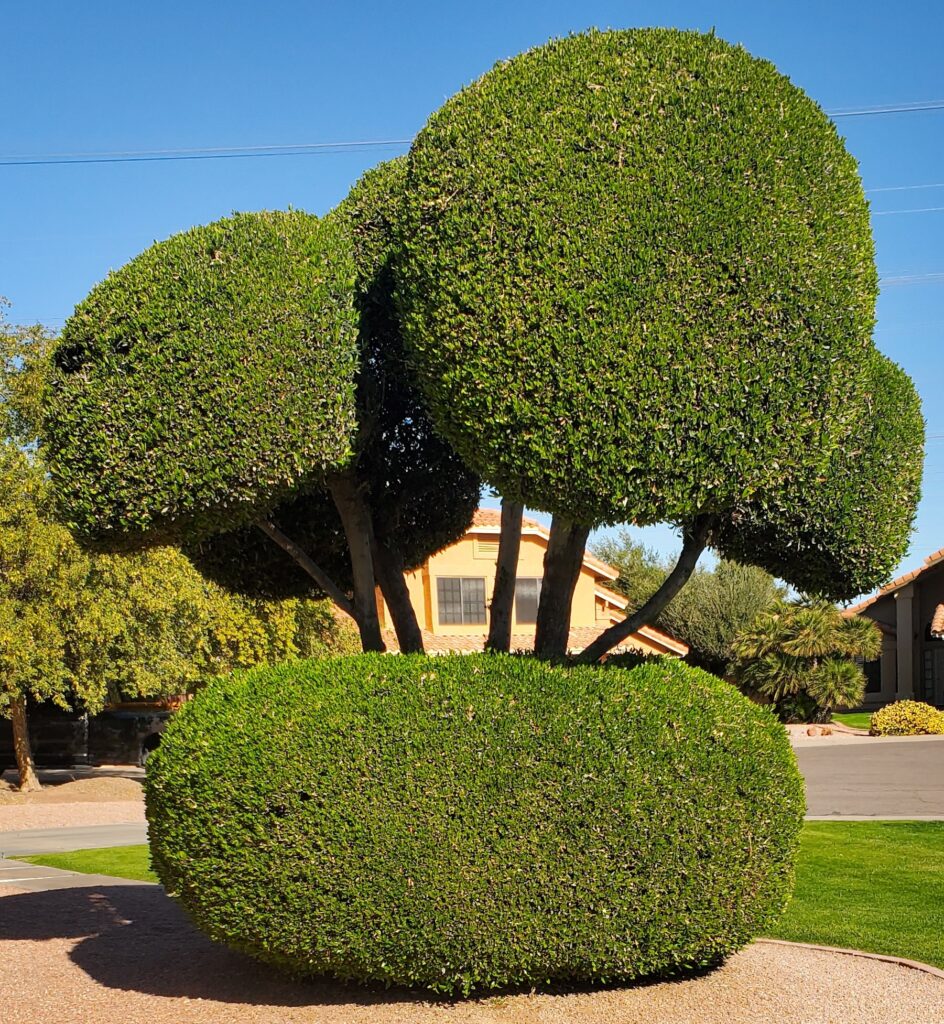
A formally sheared shrub or tree is one that is cut into a geometric shape (box, cylinder, sphere) by cutting the tips of the leaves and branches off. This is an old-fashioned practice from Victorian gardens that is used to give the appearance of a well tended garden. It is practiced heavily by hired gardeners because it is fast and easy to perform with powered hedge trimmers. There are three major flaws with the use of this technique:
- It is unhealthy for the plant. Cutting the tips off of all the branches, twigs, and leaves, creates an enormous area of wounded tissues. This stresses the plant and can lead to die back. It is not uncommon in Arizona to see dead areas in formally sheared shrubs.
- It forces the shrub to grow in an excessively compact form. This makes it difficult or impossible for pollinators (bees, butterflies, moths, hummingbirds, etc.) to access the flowers.
- It looks unnatural. In the olden days, nature was abundant everywhere, so to differentiate gardens, an unnatural look was desired. Today, “development” is ubiquitous and people are starved of nature.
Overpruning
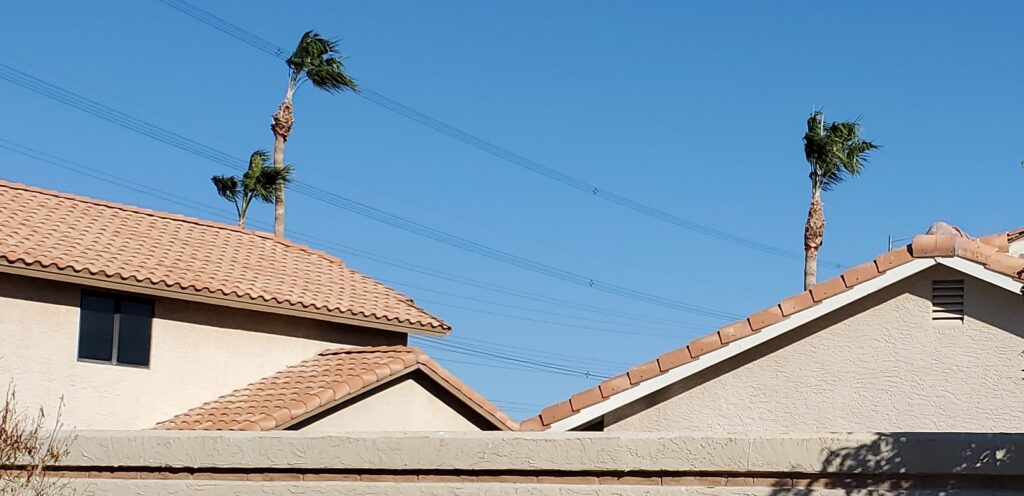
Overpruning happens a lot, especially when hired gardeners are performing the work. They try to increase business by pruning too much, too often. Before I removed my palm trees, landscaping companies tried to encourage me to trim them four times a year! Not only do palm trees look unattractive with only a few fronds at the top, they are unhealthy. With few leaves to capture energy from the sun, they are starved.
Overpruning produces ugly, unhealthy plants in general. Do not listen to people who make money pruning plants. There are only a few good reasons to prune.
- To remove broken and damaged branches
- To remove weak or crossing/rubbing branches
- For traffic clearance near walkways and roads
- To access the ground beneath the tree for gardening
It is recommended never to remove more than 25% of a tree in any given year. When raising the canopy of a tree by removing lower branches, it is recommended to always leave 2/3 of the height intact.
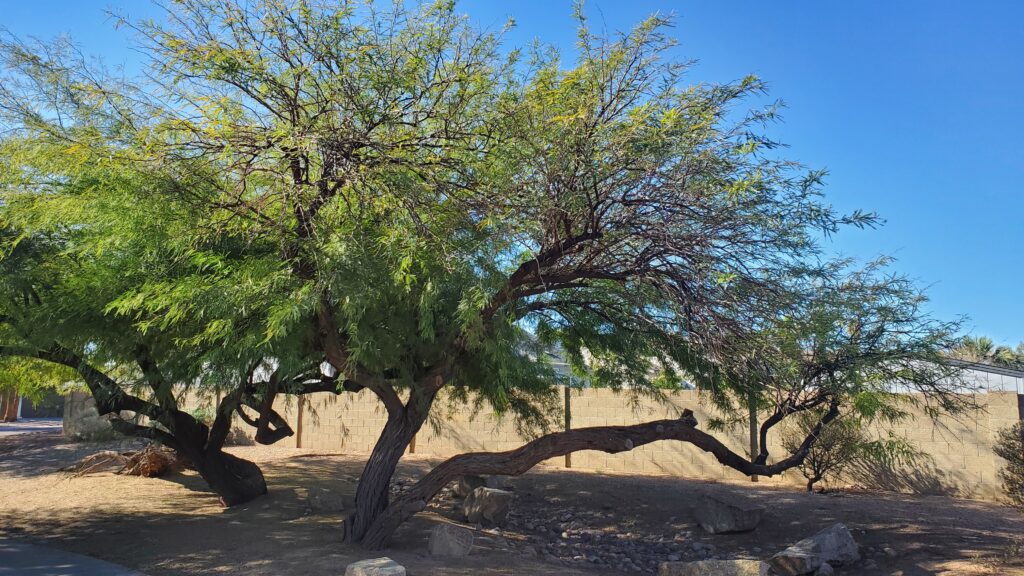
Desert trees need careful consideration when pruning. They tend to grow with multiple trunks and branches low to the ground. Trying to “train” these trees to have a single trunk and a high canopy does not work out well. Instead of struggling against nature, prune the trees minimally and enjoy their natural bushy shape. They will be stronger, more beautiful, and support more wildlife.
Cutting Back to the Ground
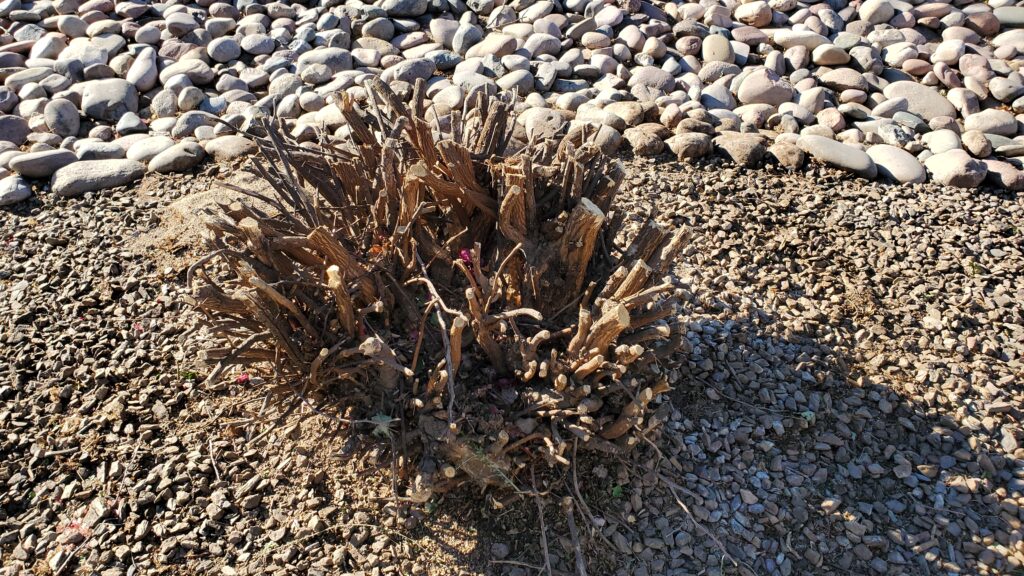
There are several gardens in my neighborhood that I find particularly beautiful, but then they use this technique to decimate their yard into a desolate ruins. Cutting back to the ground is recommended as a way to re-invogorate a plant or reduce its size. One of the main problems with this practice is that over time it leads to an ugly interrior filled with dead stubs. At this point people usually get rid of them. It is not a sustainable practice.
If you need to perform pruning because a plant has become too large for the space, it means you did not plan your garden properly. When choosing where to put plants, the mature size of the plant needs to be taken into consideration.
Trimming All Species
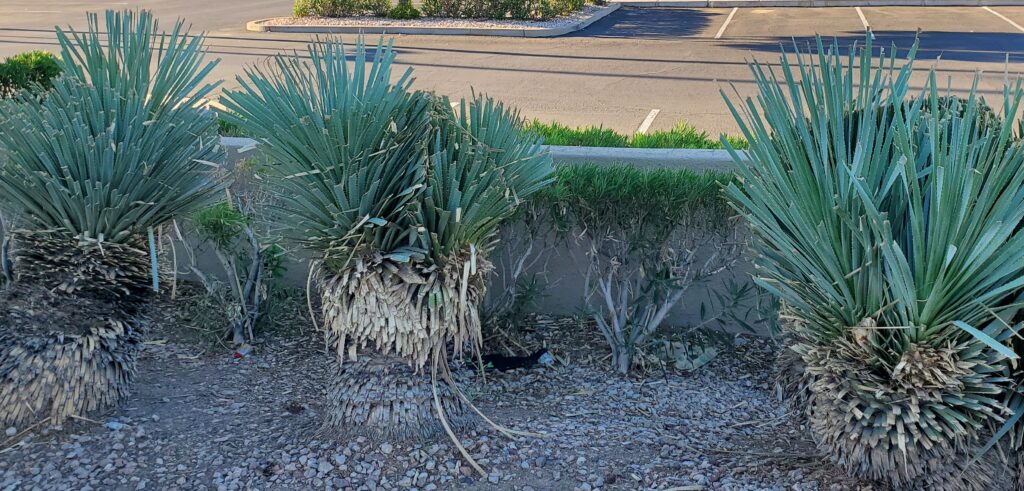
Not all species of plants are trimmable. Physically, you can chop any plant to pieces, but it does not mean that the plant will like it. Some plants are known to respond well to trimming and some are not. Non-trimmable plants will suffer stress and possibly die back aftering being sheared. The sheared parts will stop growing and remain as dead stubs. The plant will never look good again.
I see this a lot around the Greater Phoenix area. Some landscape companies just shear everything. Some obvious plants that should not be pruned include Agaves, Yuccas, Dasylirion, Hesperaloe, Cacti, and Ocotillo. There are some exceptions where plants like this may need to have a branch or leaf cut off if it is causing problems.
